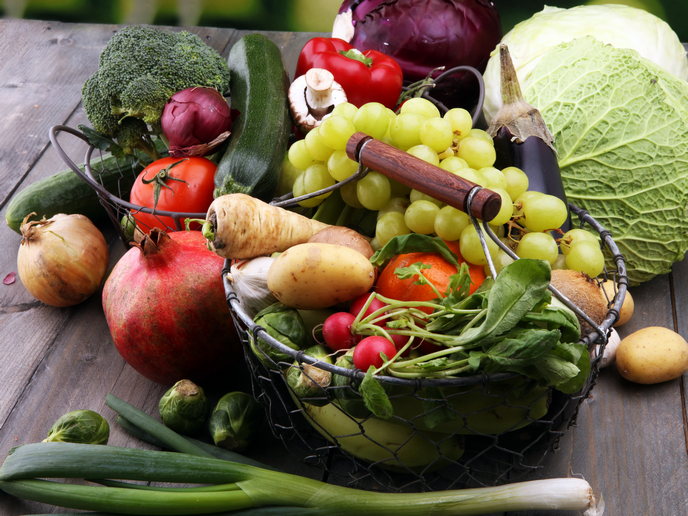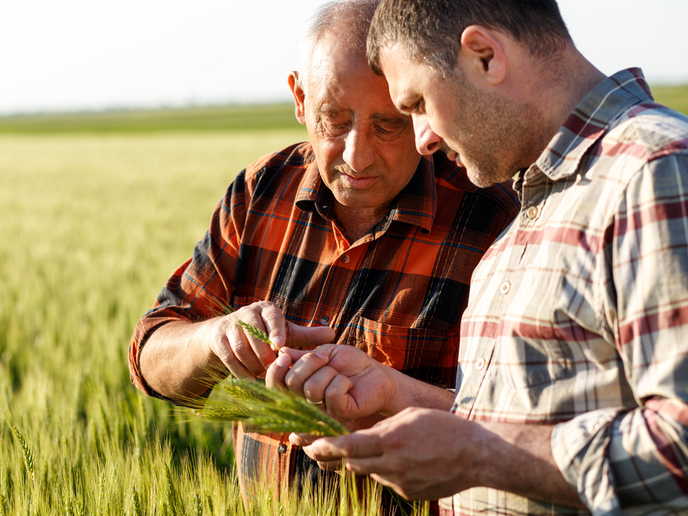Microorganisms that aid rice production
Rice is the primary source of food for more than 3 billion people. Rice production is, however, limited by the amount of nitrogen available to rice plants. Nitrogen supply can be supplemented by industrial fertilisers, which are costly and environmentally hazardous. It can also be supplemented by microorganisms taking nitrogen from the atmosphere and making it biologically available to plants through a process called nitrogen fixation. Nitrogen fixation is cheap and has no negative consequences for the environment. However, our knowledge of the diversity of nitrogen-fixing organisms and how they function in nature is incomplete. The EU-funded DIAZOASSOCRICE(opens in new window) (Understanding the micro-environments of diazotrophs and their associated activities in rice) initiative investigated the diversity and activity of nitrogen-fixing microorganisms in soil from rice fields. The initiative’s researchers also studied the contribution of the different organisms to nitrogen fixation in rice systems. The scientists used biogeochemical and molecular techniques to analyse soil that had been used to grow two types of rice in two locations. They identified the nitrogen-fixing microorganisms in each and the conditions affecting their diversity. DIAZOASSOCRICE found that the community of microorganisms present was influenced mainly by two factors. These were the inherent microorganisms in the soil and the biological conditions at the interface of the plant and soil. Project scientists also found microorganisms fixing nitrogen in all parts of the soil – even those microenvironments thought to not harbour much nitrogen-fixing activity. Their results show that a diversity of microorganisms fix nitrogen and could benefit the rice plants. Further, the researchers isolated individual types of nitrogen-fixing organisms, which they are assessing for their ability to support rice plants. These strains could represent new candidates for application in sustainable agriculture. The findings of the DIAZOASSOCRICE initiative could help to alleviate nitrogen shortage in rice cultivation and avoid the use of industrial fertilisers. This will ultimately contribute to global food security.







